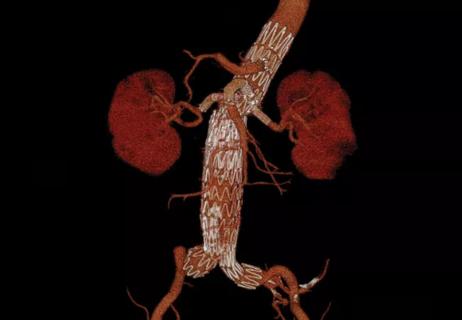Insights from the PI of the SENTINEL trial
One essential question in the wake of the FDA’s approval of the Sentinel® Cerebral Protection System earlier this month is this: Which patients should get the device?
Advertisement
Cleveland Clinic is a non-profit academic medical center. Advertising on our site helps support our mission. We do not endorse non-Cleveland Clinic products or services. Policy
As discussed in a previous Consult QD post on the Sentinel approval, the formal indication is “for use as an embolic protection device to capture and remove thrombus/debris while performing transcatheter aortic valve replacement [TAVR] procedures,” but that leaves patient selection open to clinical judgment.
In the 90-second video below, Cleveland Clinic interventional cardiologist Samir Kapadia, MD, uses his experience as lead investigator of the pivotal SENTINEL trial, which formed the basis of the device’s approval, to offer some perspective on this question. As one of the high-volume TAVR centers of excellence in which the device has initially been launched — and the only site in Ohio and its five surrounding states — Cleveland Clinic has already been putting these patient-selection principles into practice. (For a longer segment in which Dr. Kapadia discusses the Sentinel approval more broadly, see the “Cerebral Protection in TAVR” video here.)
Advertisement
Advertisement

Further acute testing not needed if ECG and high-sensitivity troponin are negative

Scott Cameron, MD, PhD, also brings wide-ranging research interests to bear

Pioneering U.K. vascular surgeon joins Cleveland Clinic

AHA statement is first comprehensive document on perioperative stroke reduction

Recognition reflects prioritization of long-term patient outcomes

Recommendations help distinguish exercise-induced remodeling from pathology

JACC review highlights factors unique to women, ways to tailor management

Pushing the envelope in ablation of atrial fibrillation, ventricular tachycardia